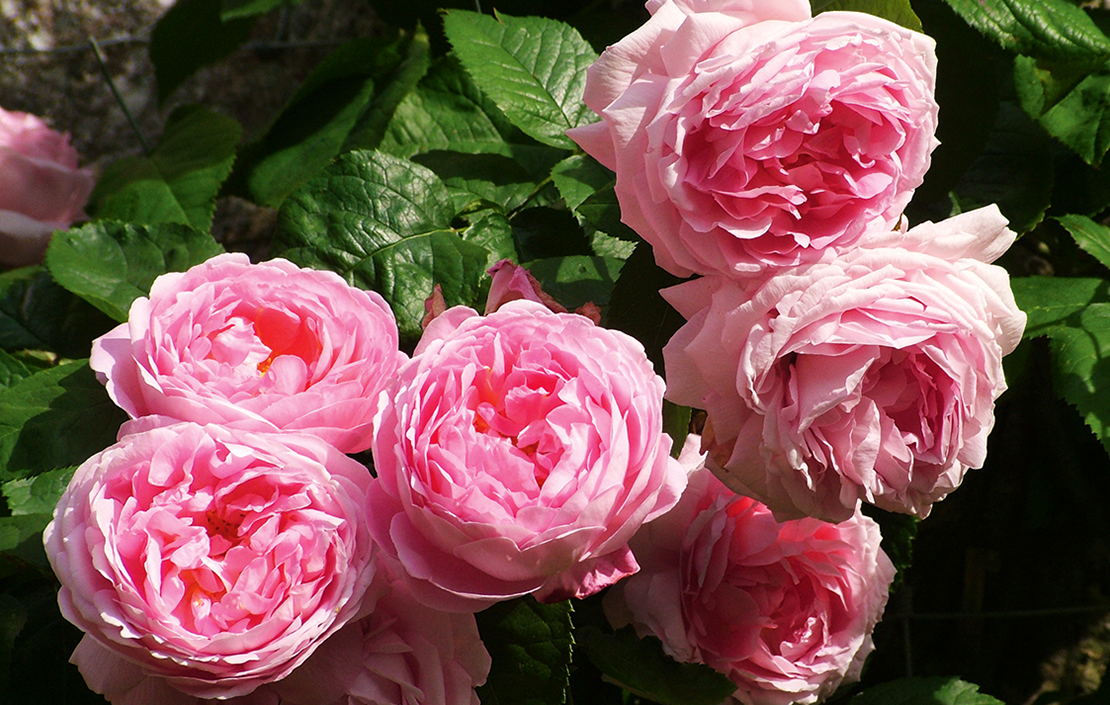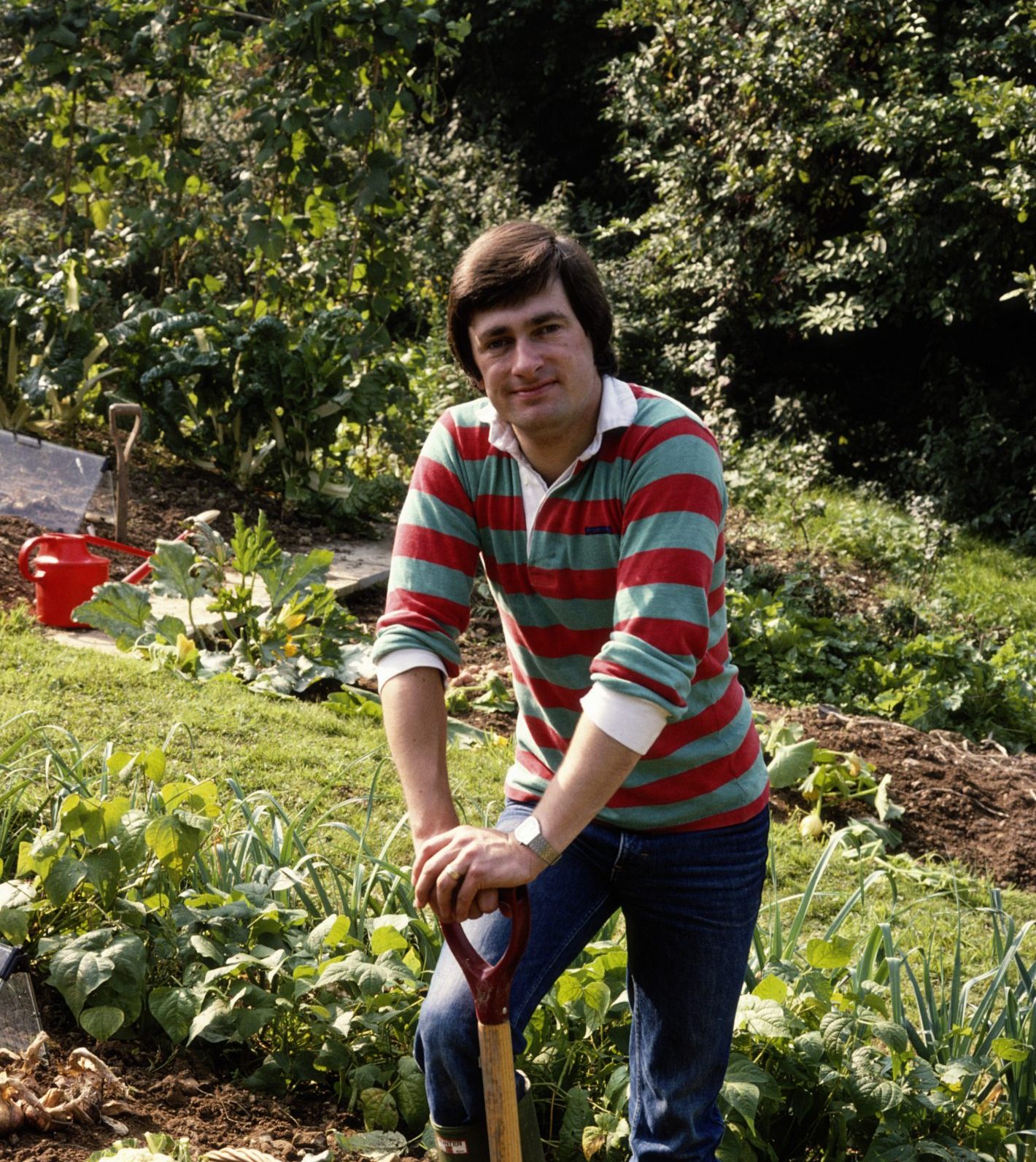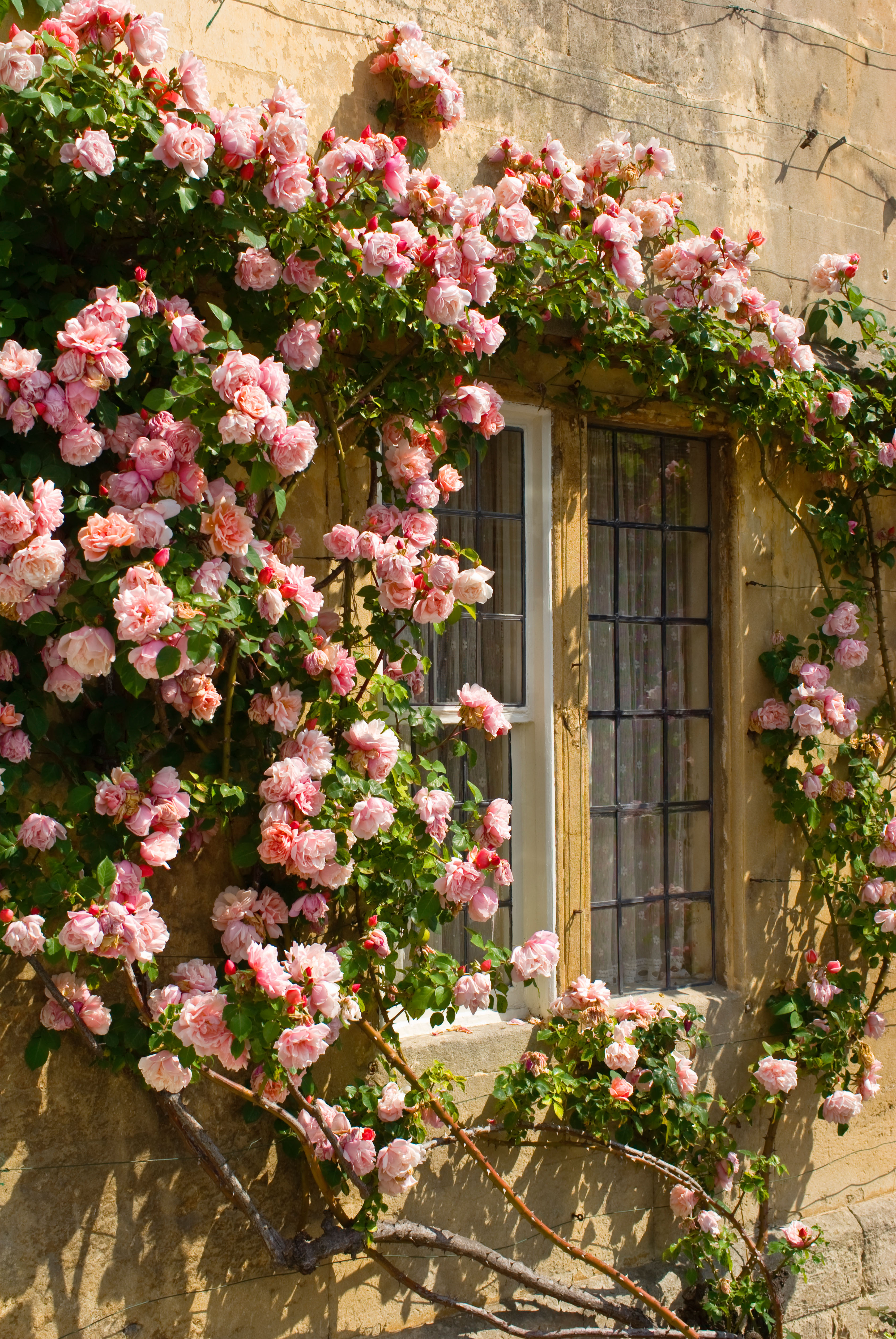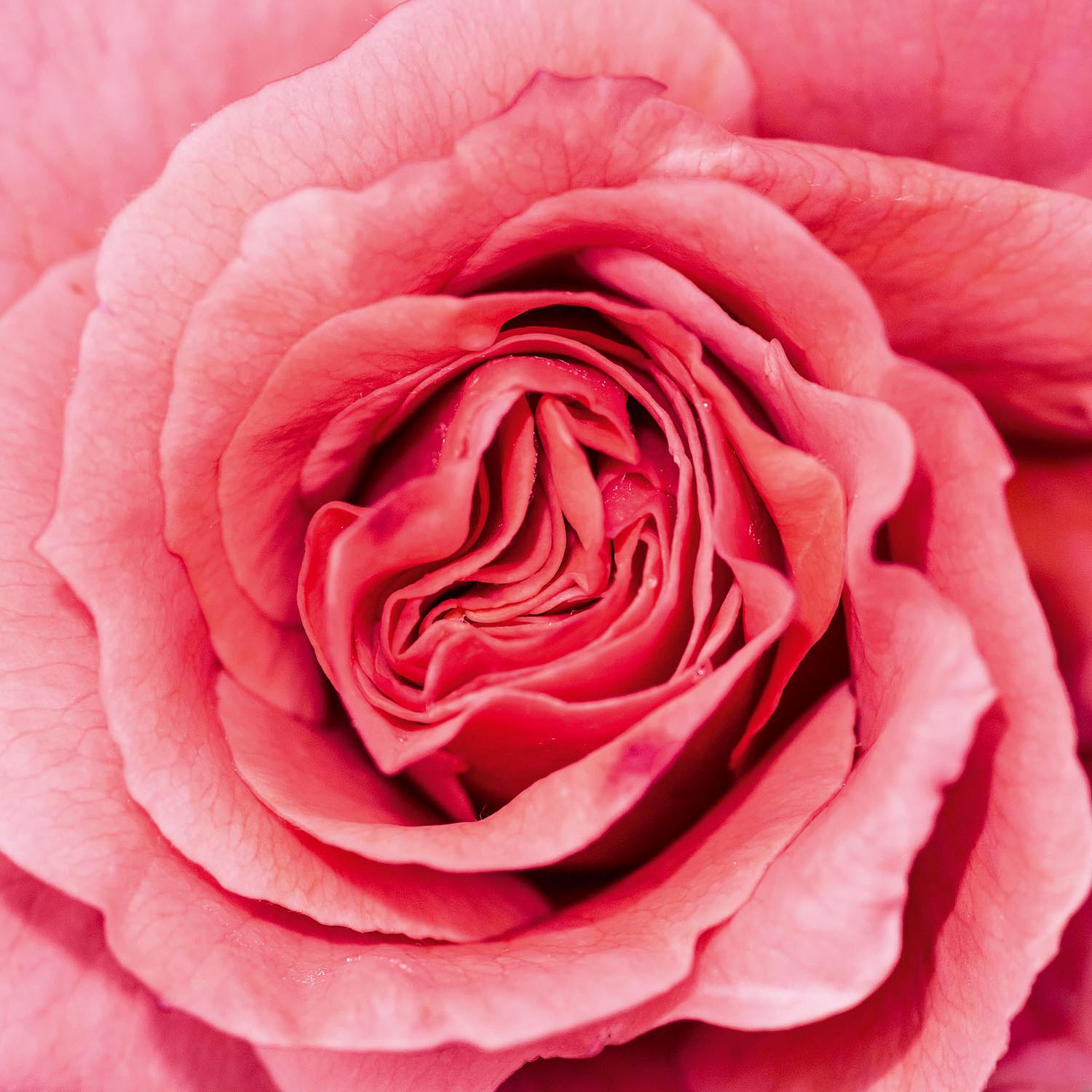The Legacy: David Austin's English roses
Tiffany Daneff pays tribute to David Austin, the man whose name remains synonymous with roses even five years after his death.


Although he joined his father in the family business of farming, David Austin (1926–2018) dreamed of roses and, in particular, of creating the perfect English rose. This would have that old-fashioned ‘charm and beauty’ that had been all but lost in the popular success of Hybrid Teas that, to his mind, were stumpy and stiff, their colours too shiny and showy.
Aged 21, he devoted his spare time to crossing Gallica roses with Floribunda, hoping that, by using the best of the old roses (their beauty and shrubby growth) with that of the new (their colour and ability to repeat-flower), he would discover ‘a scented rose with rosette-shaped or cupped flowers’ on a shapely bush that flowered to the ground. It was not a route of which his father approved.
For all his shy charm and English reserve, Austin (pictured with ‘Crown Princess Margareta’, above), stuck to his guns. He was unimpressed by those who bred for profit and, although professional breeders considered his approach a non-starter, his determination more than proved them wrong as he became the most famous rose breeder of his day. ‘I was never that influenced by what other people said or thought,’ he once said. ‘I’m slightly dyslexic and I think I make connections that other people don’t.’ Roses had touched his soul: their scent ‘lifts the spirit as few others can,’ he wrote in his book The English Roses.
At his nursery — David Austin Roses, set up in 1961 at the family farm in Albrighton, Shropshire — 300,000 seedlings were raised each year. There’s barely a garden today without one of Austin’s gloriously scented, sensuous and generously flowering roses. Indeed, as the florist Shane Connolly once told Austin, if he could, he would use nothing else.

David Austin, Britain's late, great king of roses: The man who brought about 'a revolution in taste, expectations and how we garden'
Charles Quest-Ritson pays tribute to David Austin, the rose breeder and entrepreneur who passed away at the end of last

Alan Titchmarsh: The boy who left school early with one O-level 60 years ago... and found the perfect career
Our columnist Alan Titchmarsh reflects on 60 years of gardening.

The rose variety that's ridiculously easy to grow: 'Stuff some cuttings into the soil and two years later, they'll be flourishing'
Rose expert Charles Quest-Ritson on the delights of the rambling rose.
Exquisite houses, the beauty of Nature, and how to get the most from your life, straight to your inbox.

The true story of St Valentine, his legend and legacy of love
Whatever the truth of the real St Valentine, the middle of February has been a favourite time for lovers since

The best flowers named after monarchs, from the Queen's latest rose to the regal daisies that were almost named after Kaiser Wilhelm
With a new rose named ‘Queen Elizabeth II’ being launched for the Jubilee, Steven Desmond looks back at the history
Previously the Editor of GardenLife, Tiffany has also written and ghostwritten several books. She launched The Telegraph gardening section and was editor of IntoGardens magazine. She has chaired talks and in conversations with leading garden designers. She gardens in a wind-swept frost pocket in Northamptonshire and is learning not to mind — too much — about sharing her plot with the resident rabbits and moles.
